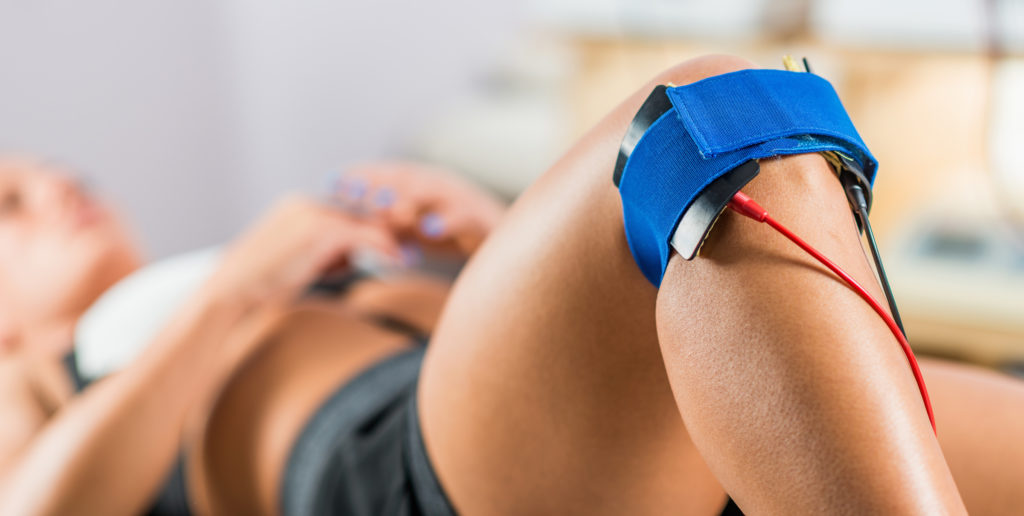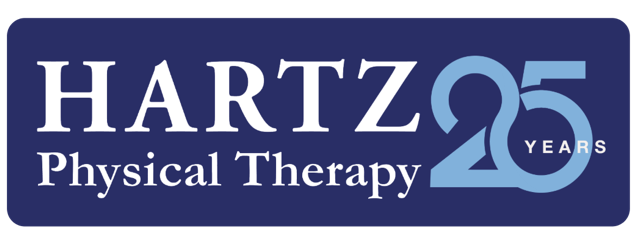Article
Do you feel general pain?, More About Physical Therapy
 Therapeutic Modalities…it may sound like a term from Star Wars, but believe it or not, this is a medical term. If you have been to a physical therapist, you may have experienced therapeutic modalities without even knowing it! This blog is meant to help you understand what this term means and how therapeutic modalities might be utilized on your road to recovery.
Therapeutic Modalities…it may sound like a term from Star Wars, but believe it or not, this is a medical term. If you have been to a physical therapist, you may have experienced therapeutic modalities without even knowing it! This blog is meant to help you understand what this term means and how therapeutic modalities might be utilized on your road to recovery.
WHAT ARE THEY? Therapeutic modalities are tools your physical therapist might use to help generate healing and assist with muscle reeducation. This tool can help by decreasing pain and swelling or lessening muscle spasms which may be causing the pain. A few examples of the most common therapeutic modalities include hot and cold packs, devices which will apply pressure and cooling to the affected area (such as Game Ready equipment), electrical stimulation, ultrasound and iontophoresis among others.
HOW ARE THEY USED? It’s important to note, therapeutic modalities are not required to be used during therapy sessions. On the contrary, they are available for use at the therapist’s discretion, based on the patient’s needs. Therapeutic modalities should never be used exclusively without other forms of therapy such as exercise, stretching and manual therapy. As a matter of fact, the American Physical Therapy Association (APTA) released a position statement this past August on the use of Therapeutic modalities:
“The use of biophysical agents as a standalone intervention, or the use of multiple biophysical agents with a similar physiologic effect, is not considered physical therapy nor is it considered medically necessary without documentation that justifies the use of the biophysical agents for those purposes”
SO WHY USE THEM? Therapeutic modalities have been used as a part of the practice of physical therapy for many years. The rationale behind their continued use is based on documented patient experience, or therapists witnessing an improvement in their patients following use of such devices. However, current research does not confirm or discredit the use of the therapeutic modalities as a way to achieve therapeutic goals. There is some evidence to suggest that certain therapeutic modalities produce no physiologic benefit at all!
WHEN MIGHT THESE BE USED? As a patient who is actively engaged in your therapy, here are some things to keep in mind when talking to your physical therapist about their plan to use (or not to use) these tools:
- Modalities should never be used exclusively during your therapy visit. For example, if your therapy session begins with a hot pack and Estim, it should be either preceded by or followed with manual (hands on) therapy and rehabilitation exercises or stretches during the same visit.
- These tools are designed to have an immediate impact. If a modality does not demonstrate a change following the initial application (i.e. decrease pain or muscle spasm, improve a muscle’s ability to contract), it should be modified or discontinued.
- If the use of a modality does not produce a carryover effect (for example: decreased pain) for >1 day after its use, it may not be medically necessary.
In the end, the choice to use therapeutic modalities, or physical agents, lies solely on the clinical judgement of your physical therapist. He or she may choose to utilize a particular modality initially to help you cope with your pain and then discontinue use after you demonstrate decreasing pain levels. Conversely, they may choose to add it to your therapy plan after several visits to help with muscle reeducation. However these tools are utilized, it is important to have an open line of communication with your therapist about your progress and their evolving plan to get you back on track toward full function.
As a patient, you have the choice of where you go for physical therapy. This allows you to be your own advocate. It gives you a voice in a medical world where patients often feel their questions and concerns are the last to be considered. Choose a physical therapist that explains why they chose certain interventions, and why not, and don’t be afraid to ask questions. We, as physical therapists, are prepared to answer them, and happy to do so.
